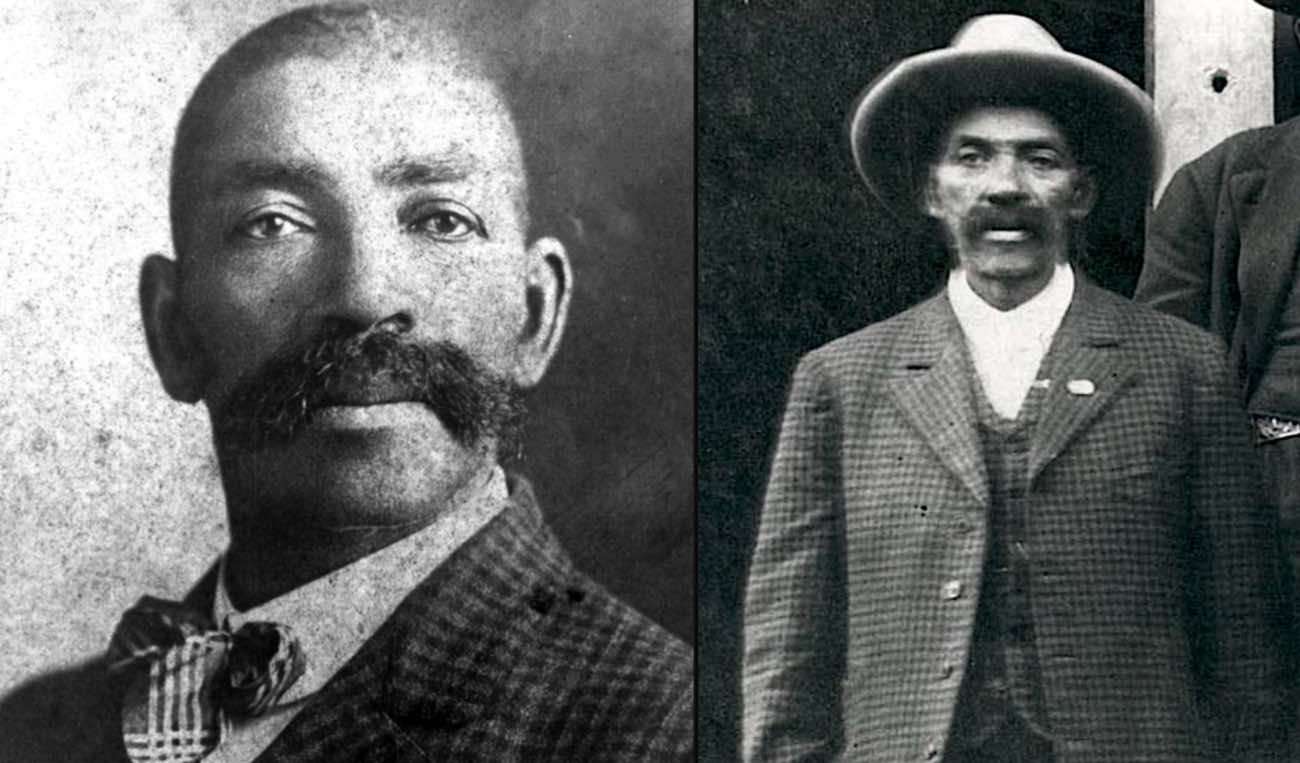First Public Microgrid in the US is Powering Up in Chicago to Keep Energy Flowing During Emergencies
ComEd has completed a microgrid of solar panels, generators, and batteries that will keep power on in Bronzeville, on Chicago's South Side.

Even the most clichéd screenwriter in Hollywood could be made to feel ridiculous and over-the-top if they wrote a story with a character called "Bass Reeves," and doubly so if that was character was a legendary lawman who was deadly with his revolver.
Fortunately it was reality that produced this real-life Wyatt Earp and not Hollywood, and as Black History Month winds to a close, it's worth remembering one of the finest officers of the law who ever wore a badge in this country.
Born in 1838, Bass Reeves made over 3,000 arrests over a 32-year career as a deputy marshal, and shot down 14 criminals in self-defense in a part of the country where one-third of all law enforcement agents were killed by outlaws.
A freed-slave who knocked his enslaver out during a fight over a card game, Reeves fled to the Indian Territory, and lived among the Cherokee, Creeks, and Seminoles until he was freed by the 13th Amendment, after which he moved to Arkansas to start a new life as a farmer.
Historians speaking with People magazine detail how he became the first Black U.S. deputy marshal west of the Mississippi. Before he was a marshal though, he was a guide for marshals, as he had learned to speak the languages of many Native American groups, and so the district judge called on him help track outlaws that would often go to hide out in their territory.
"Bass was the most prolific law enforcement officer we've ever had in the United States," David Kennedy, the curator at the United States Marshals Museum told People.
During his time he worked the territories of Arkansas, Texas, and Oklahoma.
"There were lots of places to hide and the outlaws there were always ready to fight," said Art Burton, a Reeves historian. "It was the most dangerous area in the Wild West, a real killing field for federal lawmen. Bass basically walked into this valley of death every day for 32 years."
LOOK: This Woman Escaped Slavery by Hiding in Plain Sight – Disguised as a White Man
According to this pair of historians, along with being part Wyatt Earp, he was also part Sherlock Holmes and part Robin Hood, as he was always kind and considerate with everyone he met, and often donned disguises to improve his reportedly excellent detective skills while hunting fugitives.
And if those traits didn't succeed in apprehending his mark, then the Wyatt Earp part would, and he could shoot someone down from a quarter-mile with his Winchester rifle.
He even volunteered to go solo in arresting his own son, found guilty of murdering his wife, because he didn't want any other deputies getting hurt. His son came quietly.
The historians conclude that it's impossible to know for sure if Reeves was the inspiration for the Lone Ranger, but his legend lives on.
SHARE This Important Life Story This Black History Month…
Be the first to comment